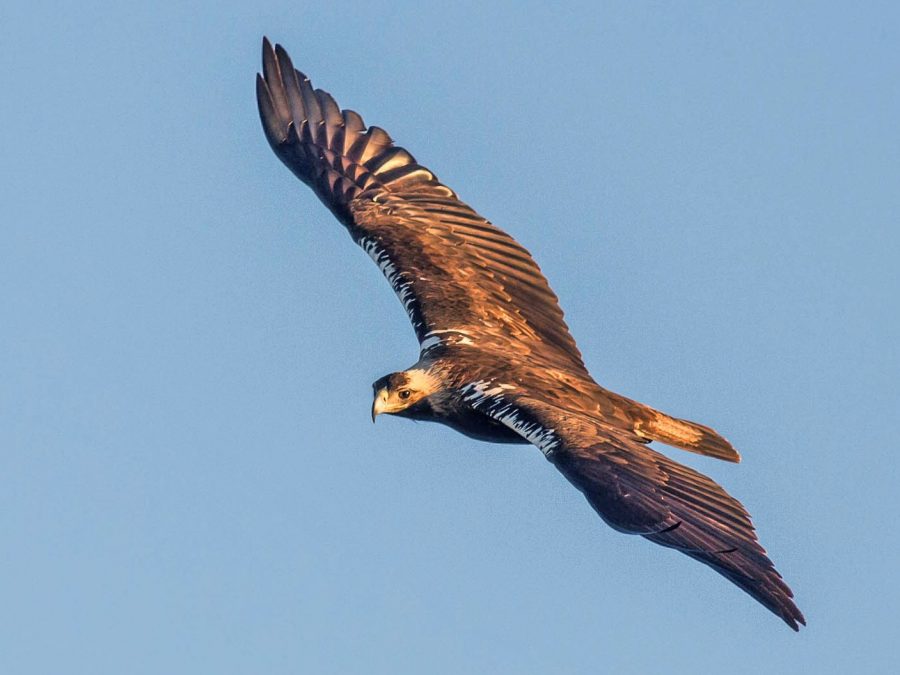FOR seasoned ornithologists and amateur birdwatchers alike, Andalucia is the perfect place to seek out some spectacular avian species.
The region is home to hundreds of varieties of feathered friends, from kites and kestrels to bitterns and bustards, and many of them are found nowhere else on earth. These 13 high-flying highlights have got birdwatchers going wild.
European roller (Coracias garrulous)
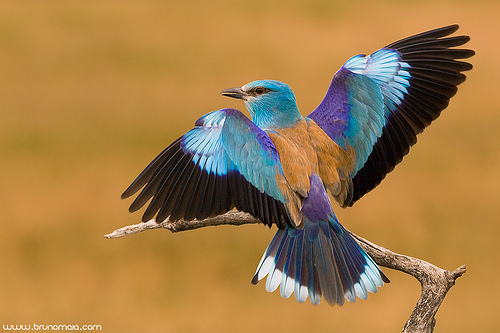
This striking blue and orange-brown bird can be found across southern Europe while the weather is warm but, as winter approaches, it heads south to sub-Saharan Africa. The roller’s English name comes from its high-flying aerobatic manoeuvres, while its Spanish name, which translates as ‘ratchet,’ comes from its distinctive raspy call.
Audouin’s gull (Larus auodoinii)
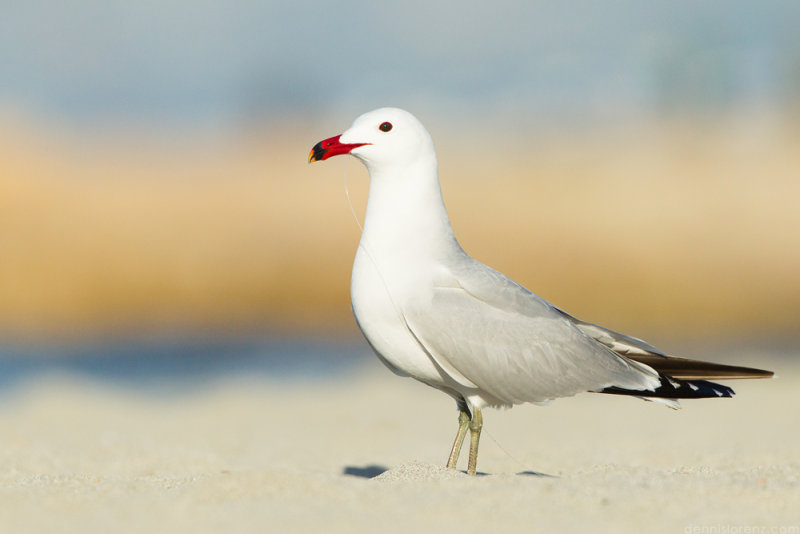
Unlike many of its gull relatives, Audouin’s gull rarely scavenges, feeding instead on various small fish and crustaceans along the Mediterranean and West African coasts. It was nearly hunted to extinction in the 1960s but has since made a strong recovery, though it is still quite rare owing to its limited range. Luckily for local birdwatchers, an estimated 90% of these red-billed gulls live on the Spanish coast.
Balearic shearwater (Puffinus mauretanicus)
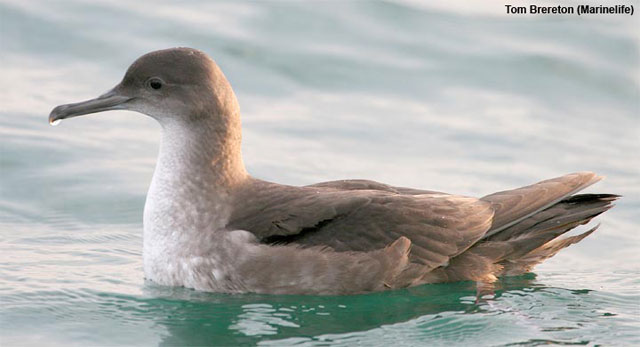
This medium-sized, dun-coloured seabird may not be especially eye-catching, but for serious birdwatchers, it’s a big deal. It is only found on the coasts of Spain’s Balearic islands, where luxury holiday resorts increasingly infringe on shearwater breeding grounds. Predators like gulls, cats and rats further threaten this species which is expected to become extinct within 40 years if current trends continue.
Little bustard (Tetrax tetrax)
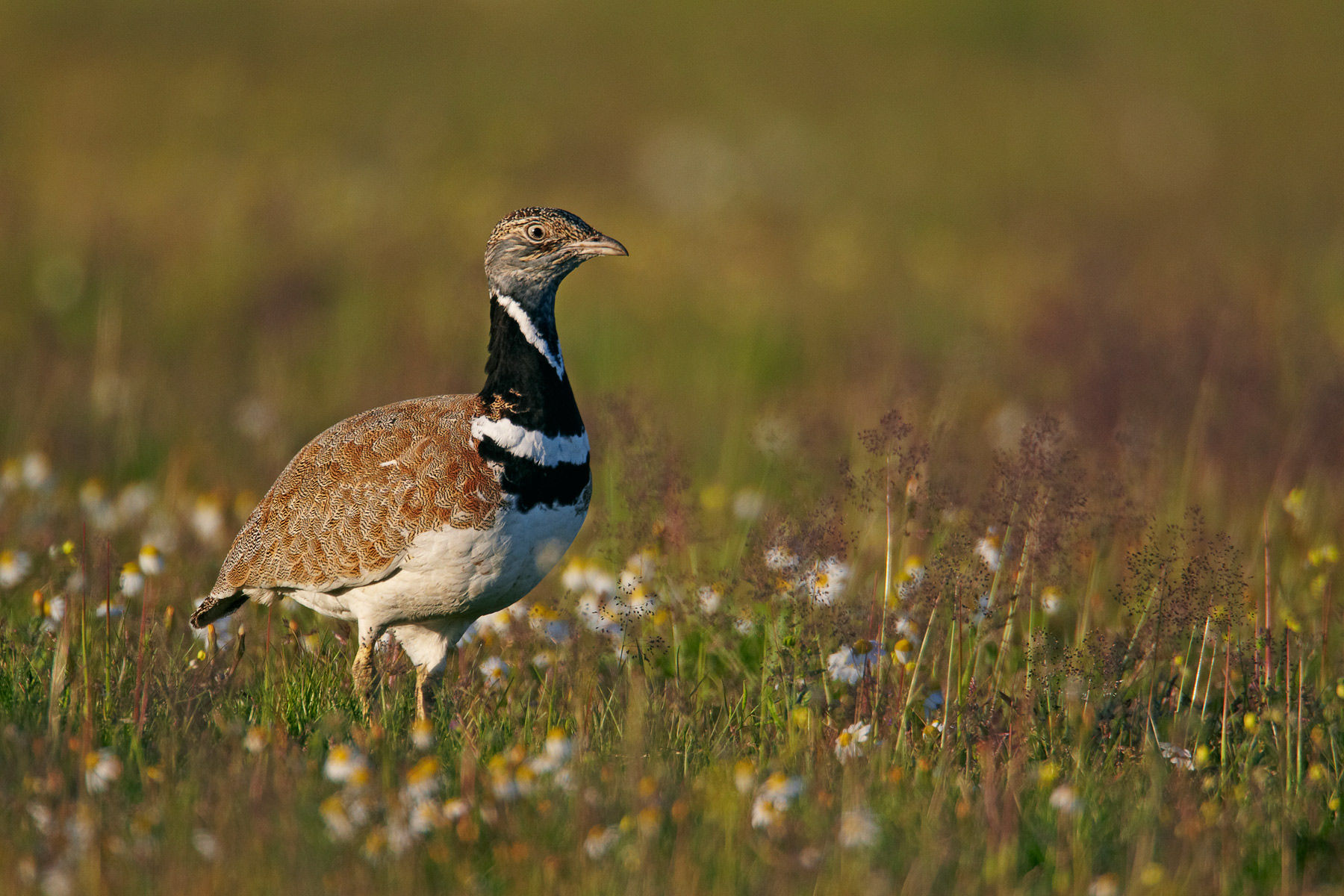
Chances are you’ll need a pair of binoculars or especially sharp eyesight to spot this bird, as its golden-brown plumage is the perfect camouflage in its grassland habitat. If you do manage to find one, look for black-and-white bands on its neck, which will mark it as a mature male (females sport more drab colouring). Don’t expect to see the little bustard in flight, however; this bird generally sticks to the ground and, even when frightened, it rarely takes to the air.
Glossy ibis (Plegadis falcinellus)
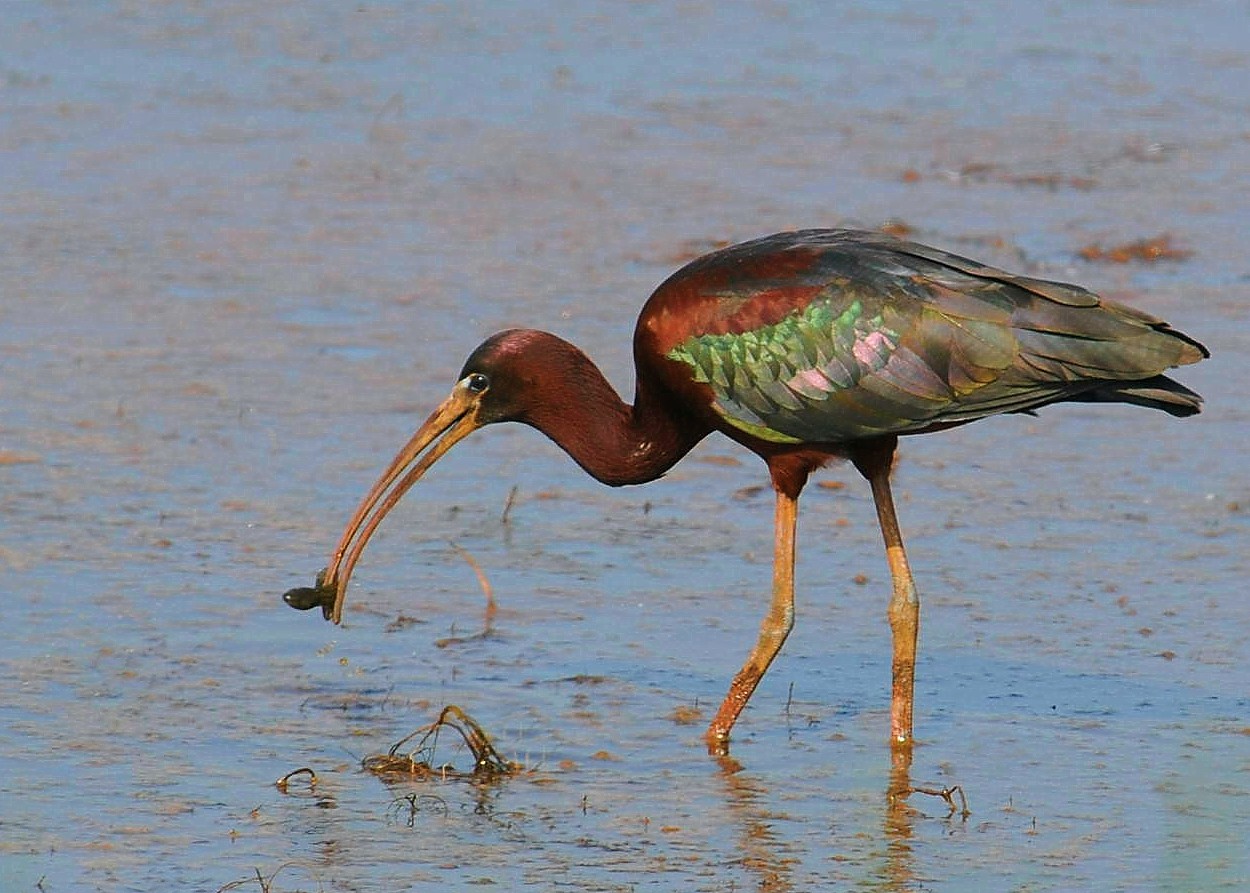
This handsome green-and-brown water bird is Europe’s sole species of ibis, and though its numbers are declining across the continent, it has a breeding colony firmly established in southern Spain. Its iridescent feathers and gracefully curving neck and bill make it a star attraction of marshlands across Andalucia. If you want a look at this waterfowl, keep in mind that the glossy ibis, like most of the region’s migratory birds, will only stick around for a few more weeks before heading to sunny Africa for the winter.
Red-knobbed coot (Fulica cristata)
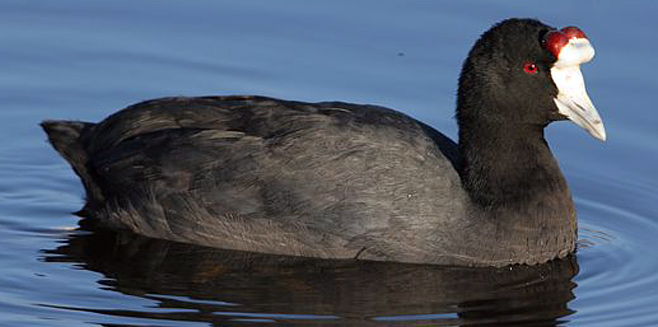
From a distance, this freshwater bird, native to Africa and southern Spain, can be identified by its black plumage and the white shield on its face. If you get a closer look, you might notice the bird’s eponymous pair of red berry-like knobs crowning its head, and its rather beady red eyes. Tread with caution, however, as this waterfowl is fiercely territorial and known to be aggressive, even towards its own young.
Western swamphen (Porphyrio porphyrio)
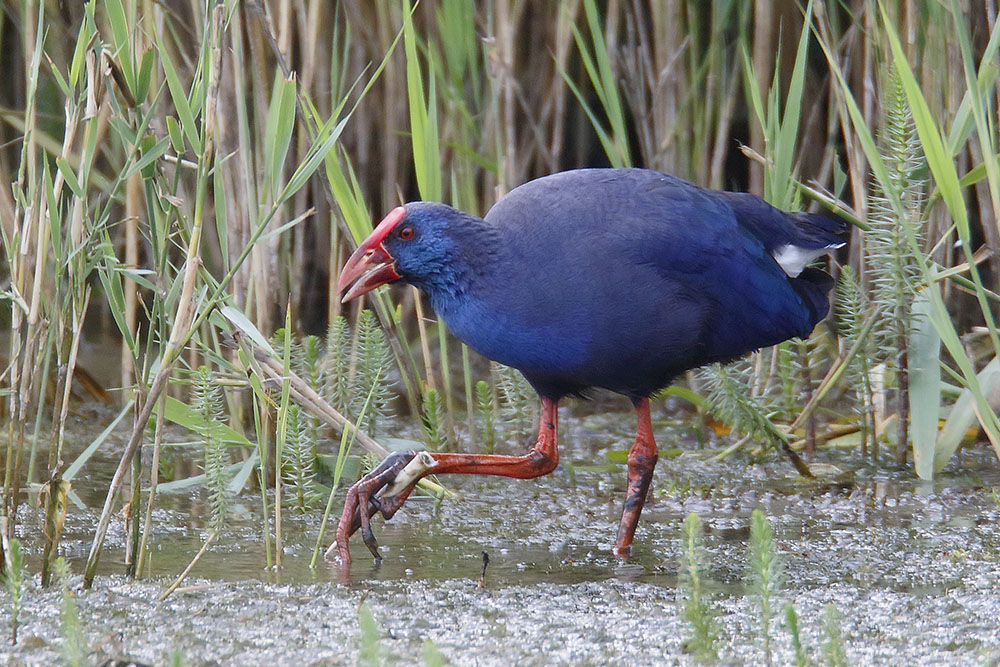
What looks like a chicken swims like a duck, has the colouring of a bluebird and the call of a parrot? It’s the western swamphen, a subspecies of the purple swamphen that lives across southern Europe and northern Africa. It can be found in the vegetation surrounding wetlands and, despite its unwebbed red feet, the swamphen has no trouble swimming and even hunting for aquatic prey.
Blue chaffinch (Fringilla teydea)
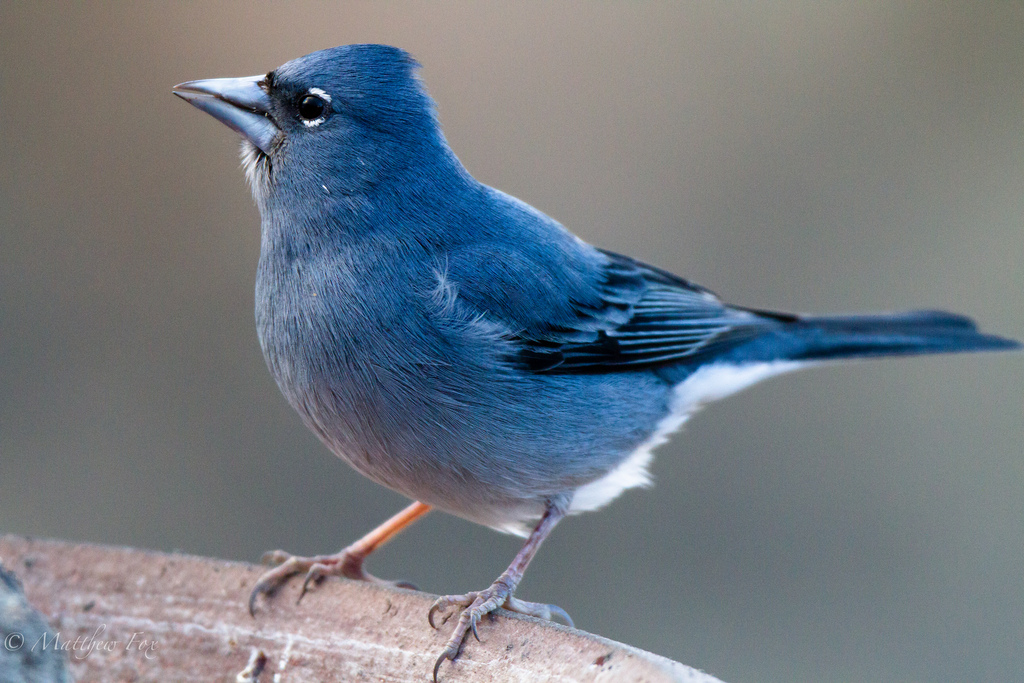
Found only on two of Spain’s Canary Islands, the blue chaffinch resides in the towering pines of the islands’ coniferous forests. The male sports bright blue plumage, while the female has less flashy grey feathers. Blue chaffinches don’t migrate and are not threatened, so they can be spotted on Tenerife and Gran Canaria islands all year long.
Lesser kestrel (Falco naumanni)
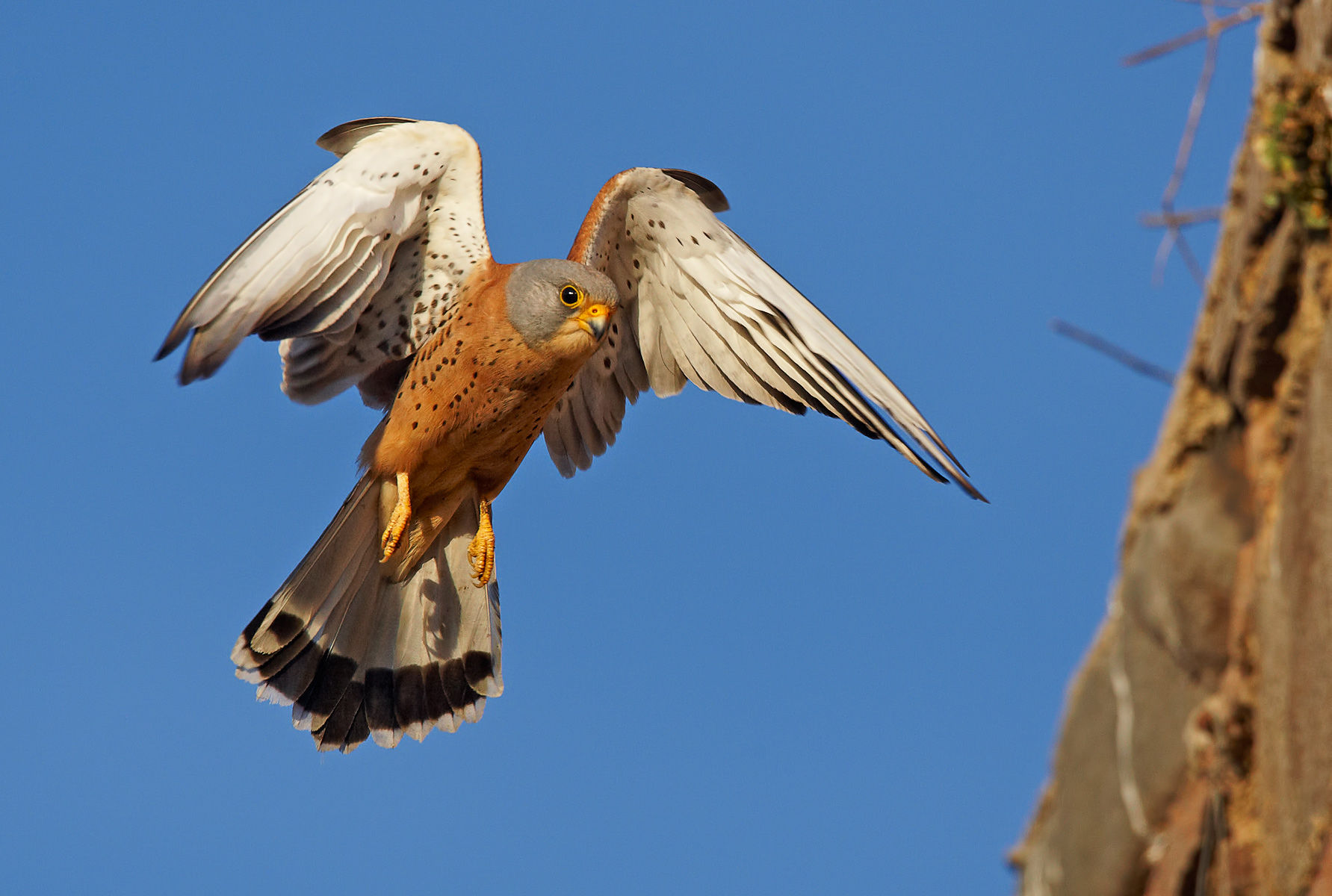
If you have the good fortune to spot the lesser kestrel on a hunt, you’ll be amazed by its speed and agility as it swoops to snatch its prey. Though it’s common across much of south-central Asia and Africa, the lesser kestrel confines its European range to the Mediterranean coast, so Andalucia is the perfect place to sight one of these small falcons. Don’t look for treetop nests, however, as the lesser kestrel prefers to lay its eggs in cosy cliffside nooks or tree hollows.
Black-winged kite (Elanus caeruleus)
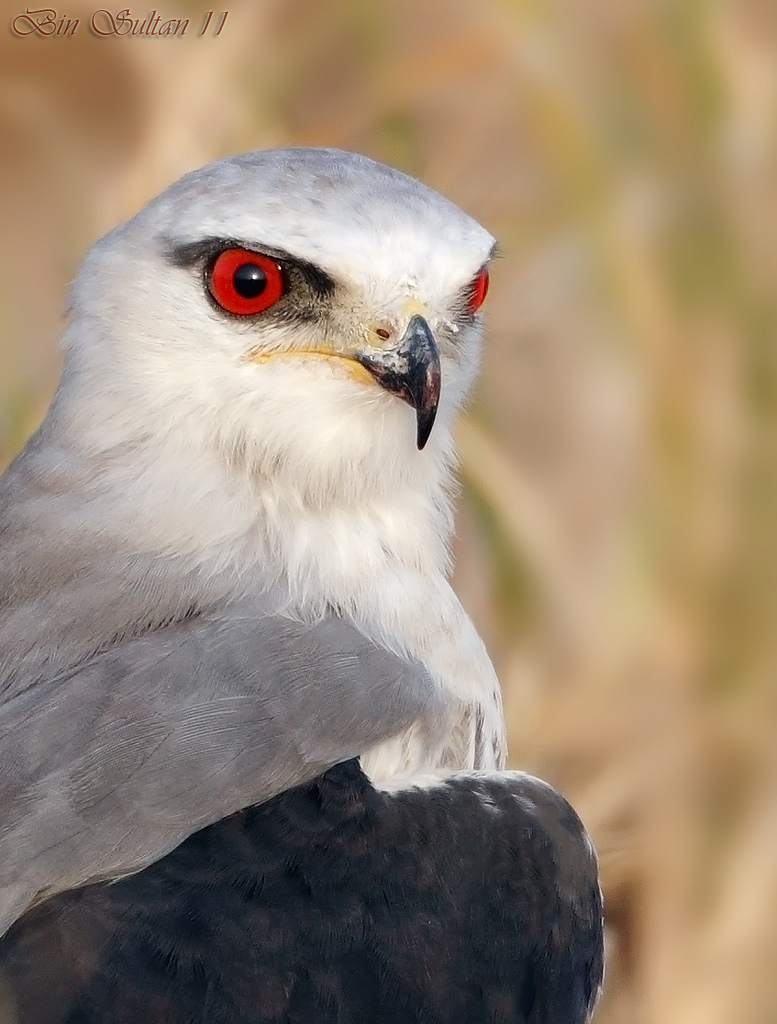
This long-winged bird of prey strikes a dapper image in its black, white and grey plumage. But if you get a closer look, it’s the kite’s ruby-red irises that will really catch your attention. Like several of the other species on this list, the black-winged kite is plentiful across swathes of Africa and Asia, but the Iberian Peninsula is its sole European foothold. As its name suggests, the kite has a habit of hovering in the air as it scans the ground for prey before swooping to catch its next meal.
Little bittern (Ixobrychus minutus)
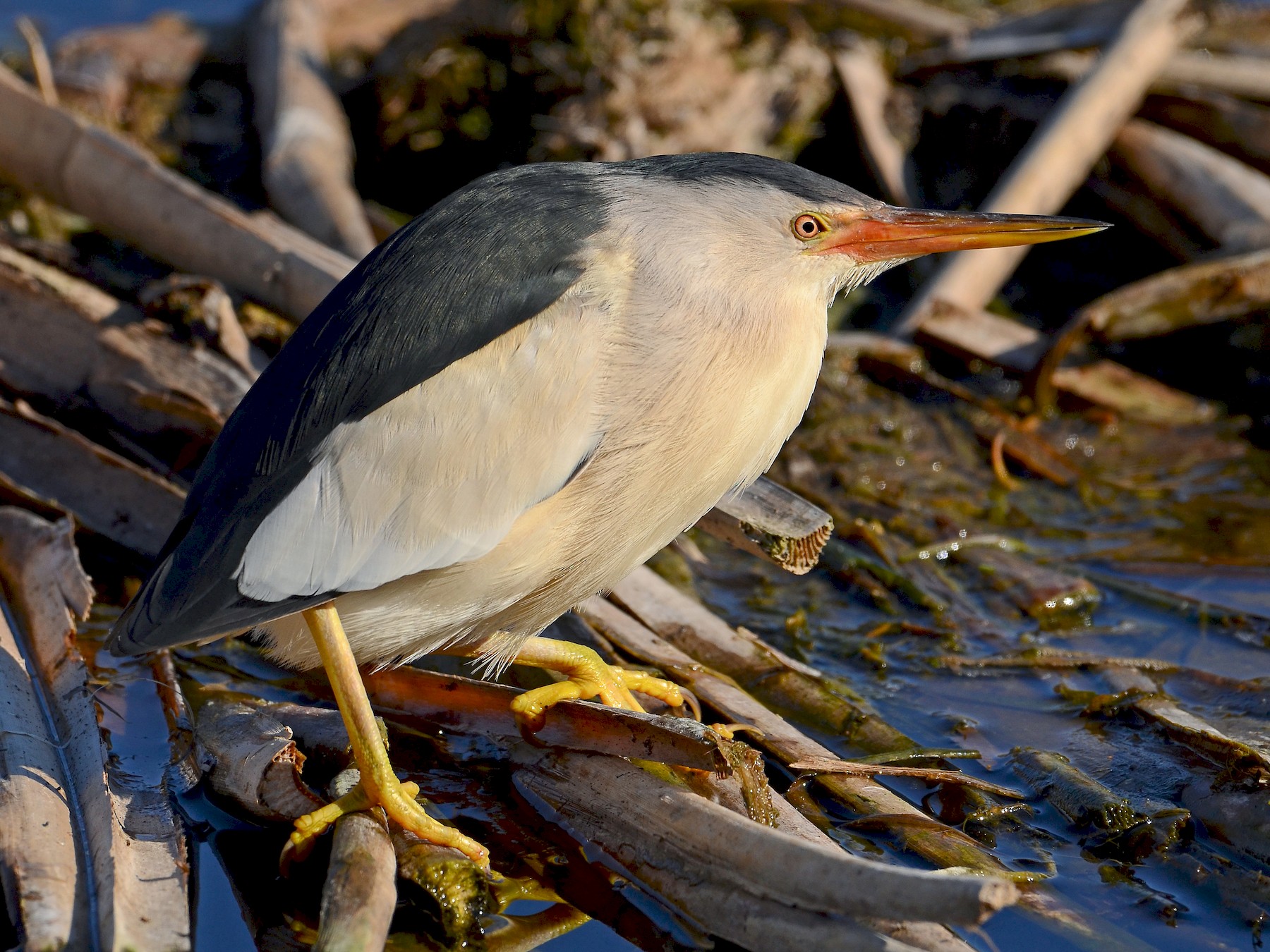
Not to be confused with the little bustard, the little bittern is a small waterfowl belonging to the heron family. Though it’s quite common in the wetlands of southern Europe, the little bittern’s golden-brown plumage and habit of skulking in tall reeds make it difficult to spot without a pair of binoculars. If you do manage to catch a glimpse, watch for its distinctive hunting behavior — standing stock-still in shallow water, then stabbing downward with its sharp bill to catch fish and insects.
Hoopoe (Upupa epops)
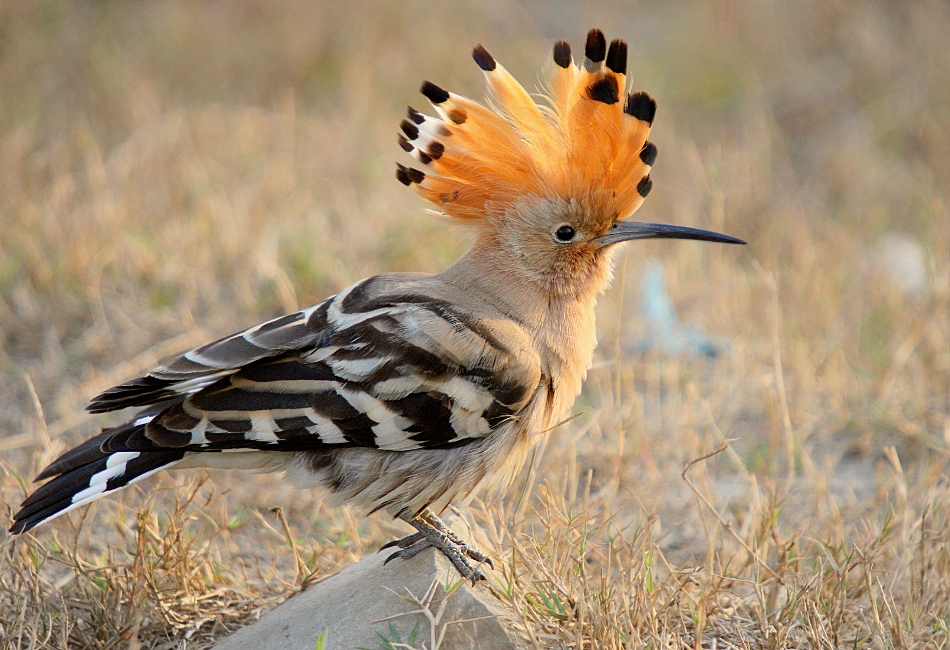
This bird’s quirky name is actually an onomatopoeia, said to describe the hoopoe’s peculiar call. It’s plentiful across Afro-Eurasia and was once considered sacred by the ancient Egyptians. Nowadays the hoopoe is the national bird of Israel and is certainly one of the most distinctive-looking species on this list, with its feathery Mohawk-like crown and zebra-striped wings and tail.
Spanish imperial eagle (Aquila adalberti)
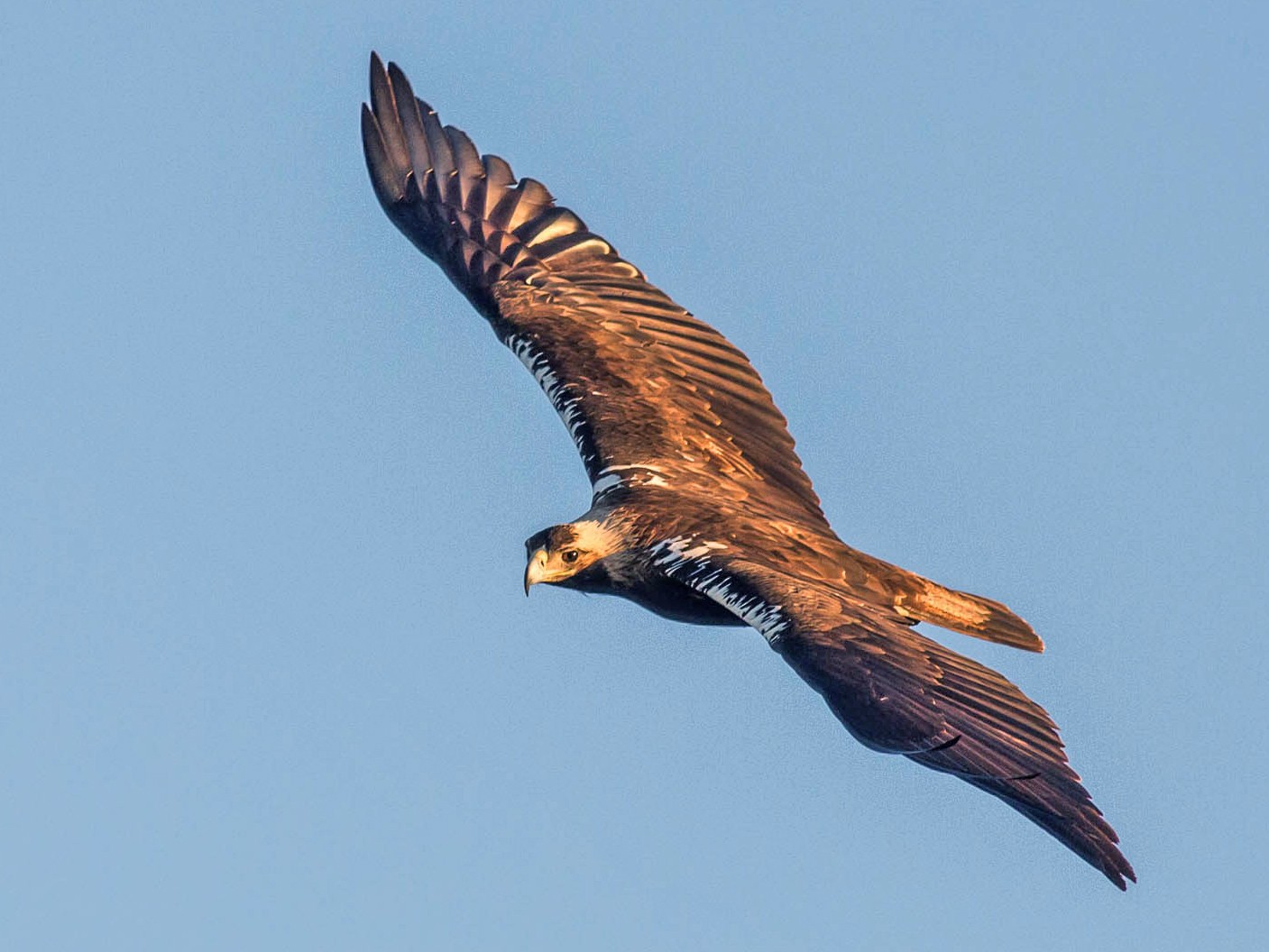
One of the crown jewels of Iberian fauna, this rapacious raptor is native only to the Iberian peninsula (though unconfirmed sightings have been reported in northern Morocco). It was driven to the brink of extinction in the 1970s but has since recovered to ‘threatened’ status. This bird is every bit as majestic as its name suggests, and luckily for locals, Andalucia is one of the best areas in Spain to catch a glimpse of this avian royalty.
READ ALSO:
High demand for wine and olive oil will endanger birds’ habitats in Spain

